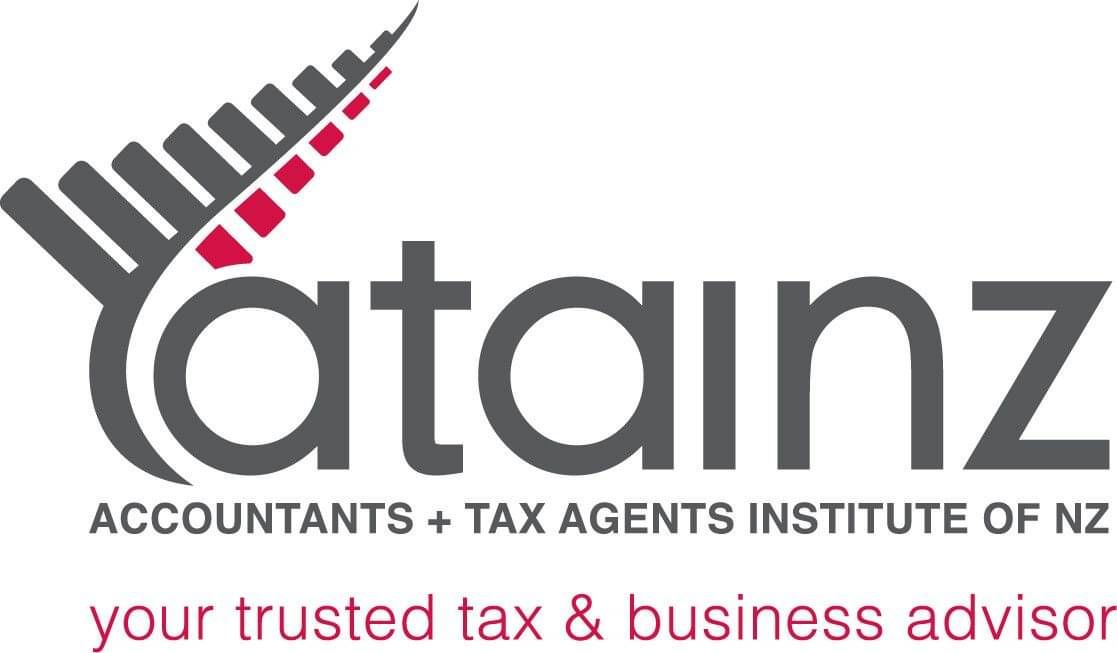Every business needs finance to get the initial enterprise off the ground. You may well have entered into finance arrangements to fund the initial stages of the business, taking out loans to purchase equipment, lease premises or take on staff.
But when was the last time you reviewed the arrangements or looked at the options for accessing other routes to funding? Are your finance facilities still offering the best interest rates and repayment terms, or are there better deals out there?
Other finance options may be available to help you fund your continuing growth, so taking a look at the current finance market is well worth thinking about.
Refinance your existing loans
It’s possible that you already have business loans in place, that’s you’re gradually repaying over the course of the loan period. Sourcing that initial capital is such an important part of the startup process, and a vital stepping stone in getting your business idea operational. But when was the last time you reviewed these finance arrangements? Could you, in fact, be getting a better deal?
The finance market is always evolving. New challengers will enter the market, new specialist finance products will be introduced and interest rates and repayment schedules will fluctuate and change. You may well have got a great deal on the business loans you took out five years ago – but refinancing these existing loans is likely to have multiple benefits.
You could:
Consolidate your existing loans into one finance facility
Lower the interest rate you’re currently paying on the loan
Pay off your loan more quickly, to reduce the debt in the business
Improve your cashflow position by cutting your repayment expenses
The key point here is that your business finance shouldn’t sit still. A loan is not a static debt. You can revisit and refinance your debt so it works in the best interest of the business.
Look for alternative routes to finance
Traditionally, businesses went to their bank manager when additional funds were needed. But the dynamic in the funding market has changed dramatically in recent years. Due to economic pressures, and the impact of the pandemic, the big banks have scaled back their lending to small businesses. Your high street bank is no longer the first port of call when finance is needed.
On the flipside of this, there are a growing number of alternative lenders, smaller challenger banks and specialist finance providers to choose from. And this has created a wide choice of different finance products to fit the needs of your growth plan.
If you need new equipment, asset finance is available.
When you have a short-term cashflow crisis, invoice finance is a good option.
If larger premises are needed, there are commercial mortgages to consider or bridging loans to make the initial purchase while you source the full capital that’s needed.
Check out the available government funding and grants
During the pandemic, many businesses made use of the emergency funding that the government made available. But don’t forget that government funding isn’t just something that’s available during an emergency.
The state will generally offer all kinds of different enterprise schemes to encourage investment in new and growing companies. This could mean having access to funding schemes, government-secured loans or even government grants. Unlike a loan, grants generally don’t need to be repaid, so making use of local government grants is a great way to boost your capital without having a negative impact on the company’s debt position.
Explore the tax reliefs that are open to your business
Another element of government-back financial support is the use of tax reliefs. One of your major expenses as a business will be paying your corporation tax (CT) bill. But there are usually various tax reliefs available to help you reduce your CT bill and reinvest that saved money back into the business. Careful use of these reliefs can make a big difference to your finances.
For example, many countries offer some form of research and development (R&D) tax relief scheme. To encourage businesses to innovate and invest in R&D, the government will offer a relief against the company’s expenditure on operational R&D costs. This will usually mean either reducing your CT liability, or giving you a cash payment against your R&D expenses.
Choosing the right routes to funding and finance will be vital to your long-term success as a business – so work closely with your advisers and think carefully about your choices.






